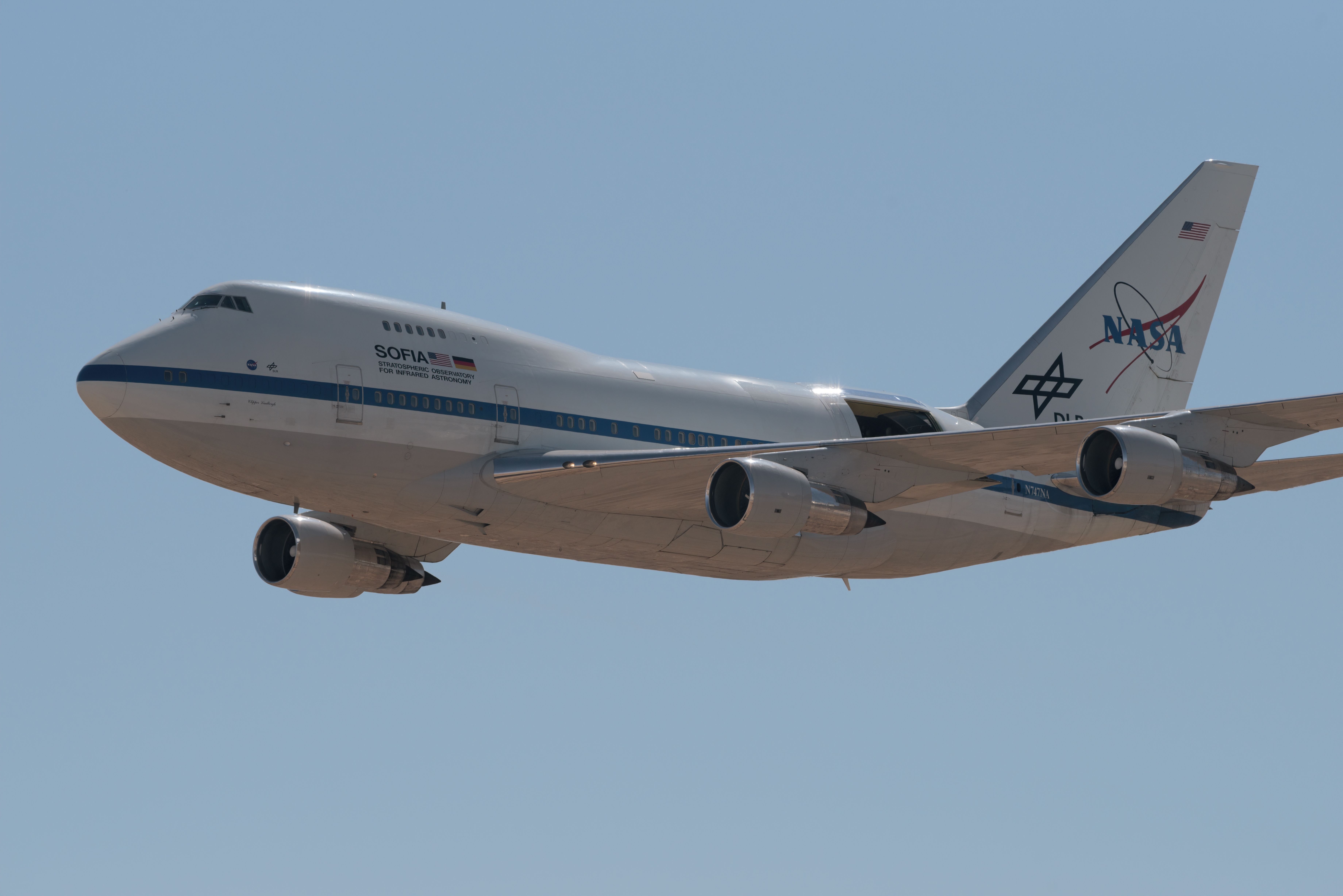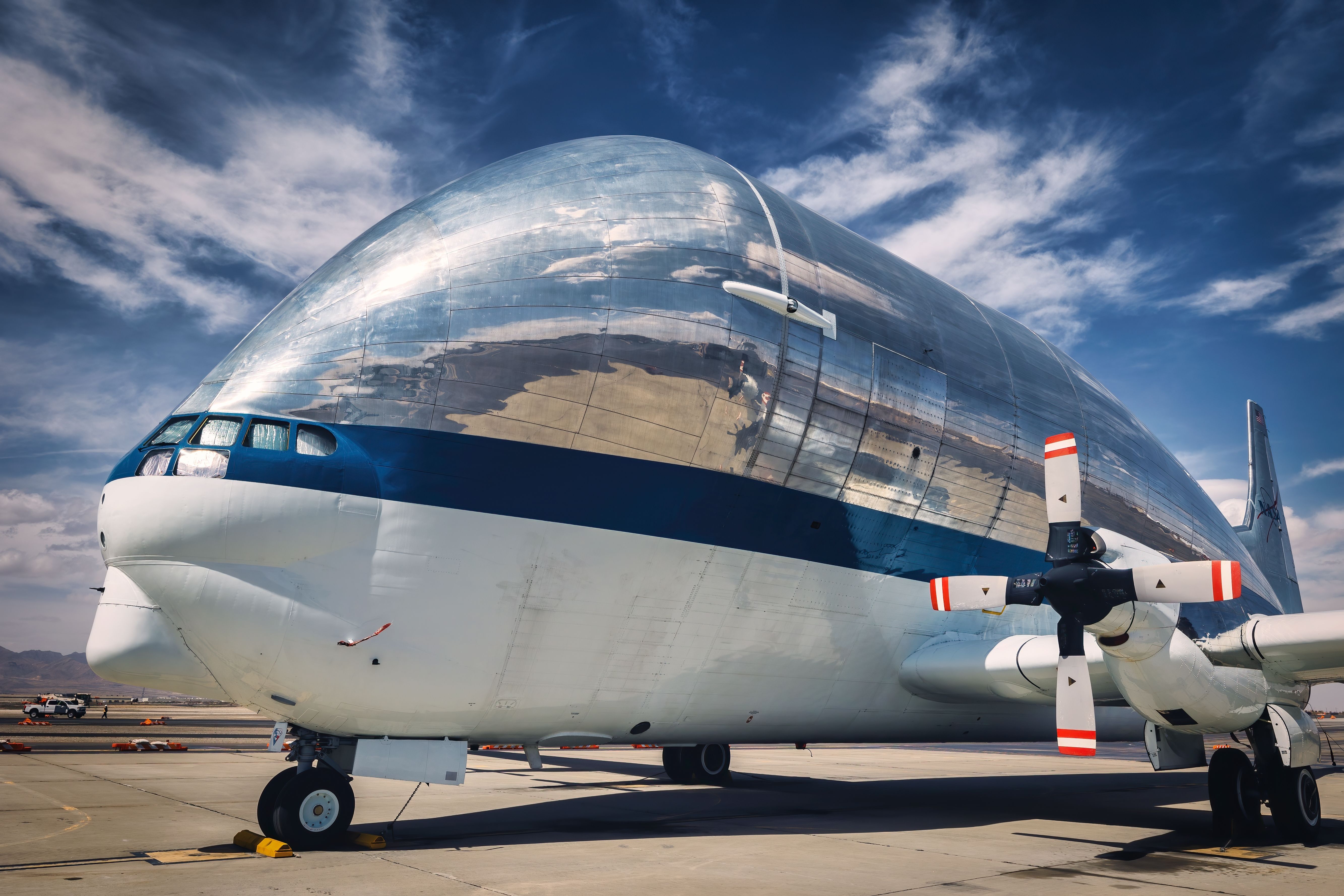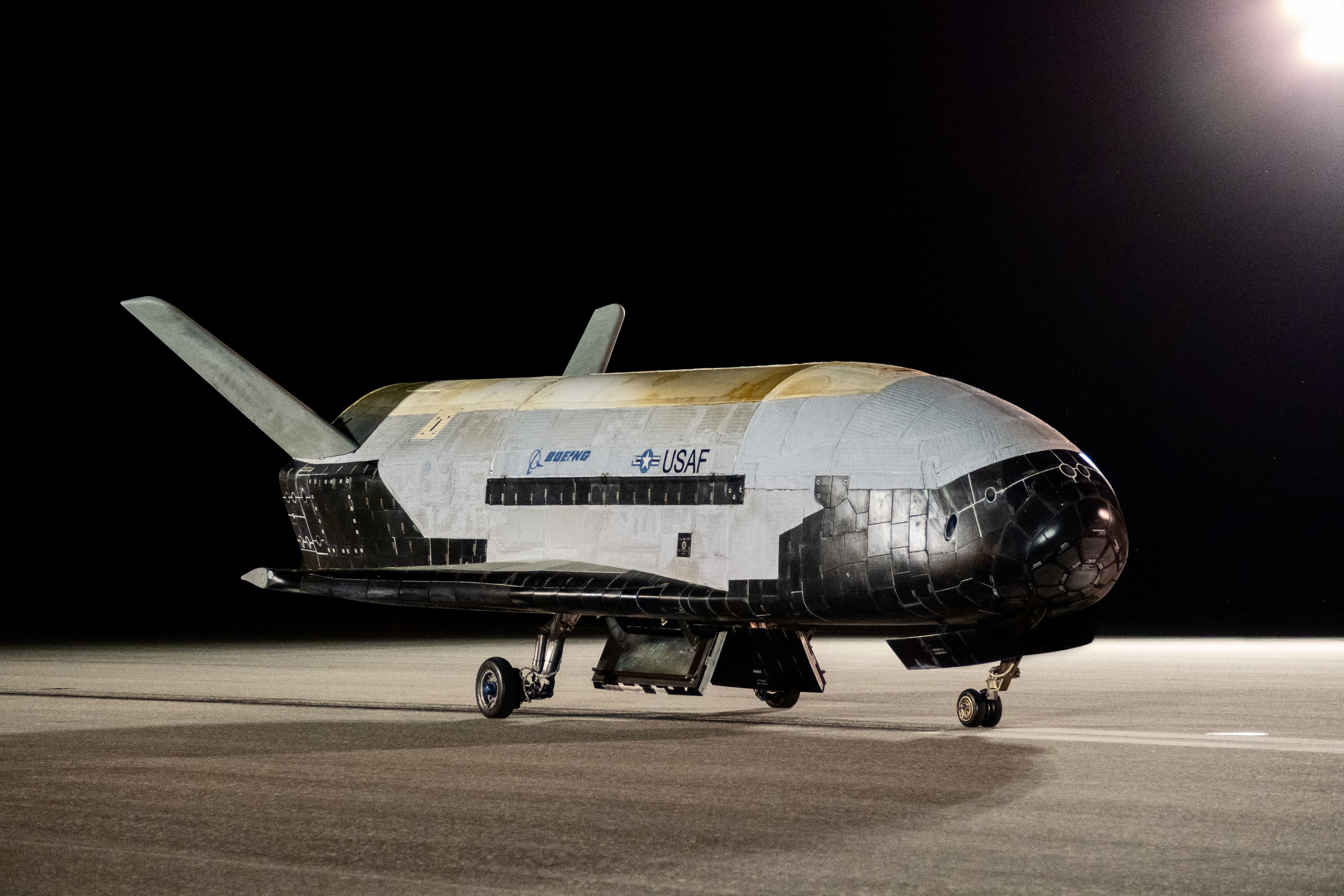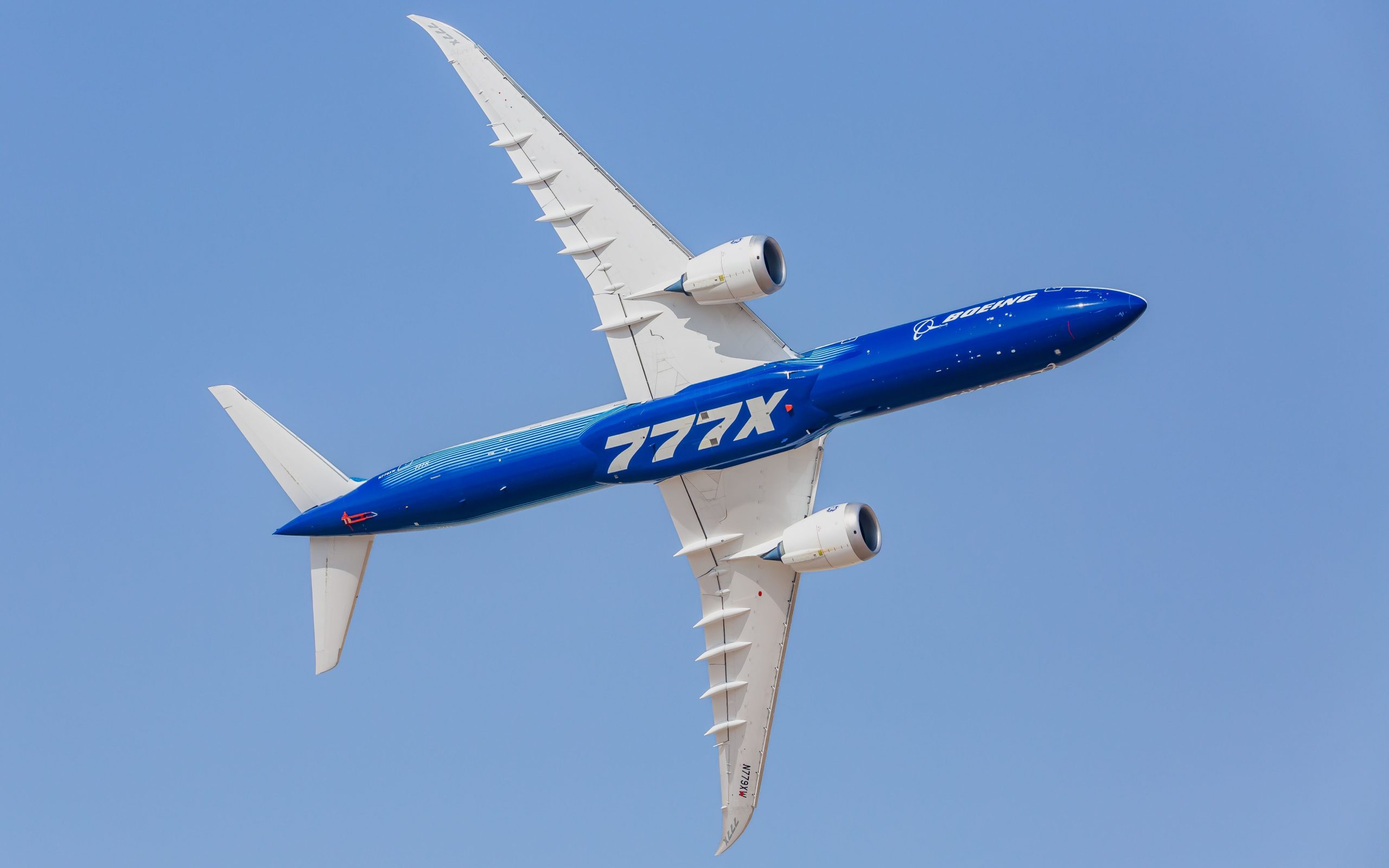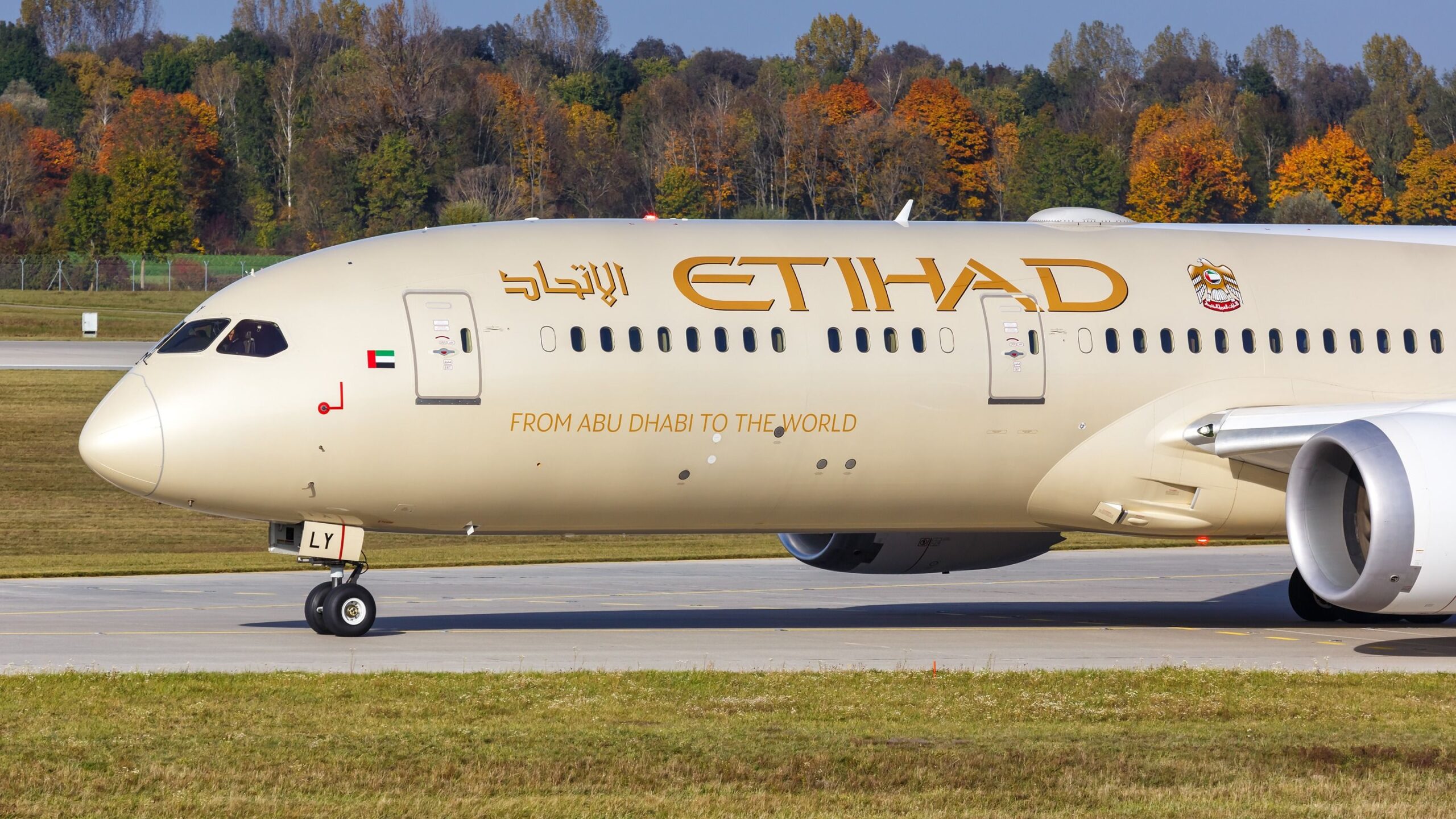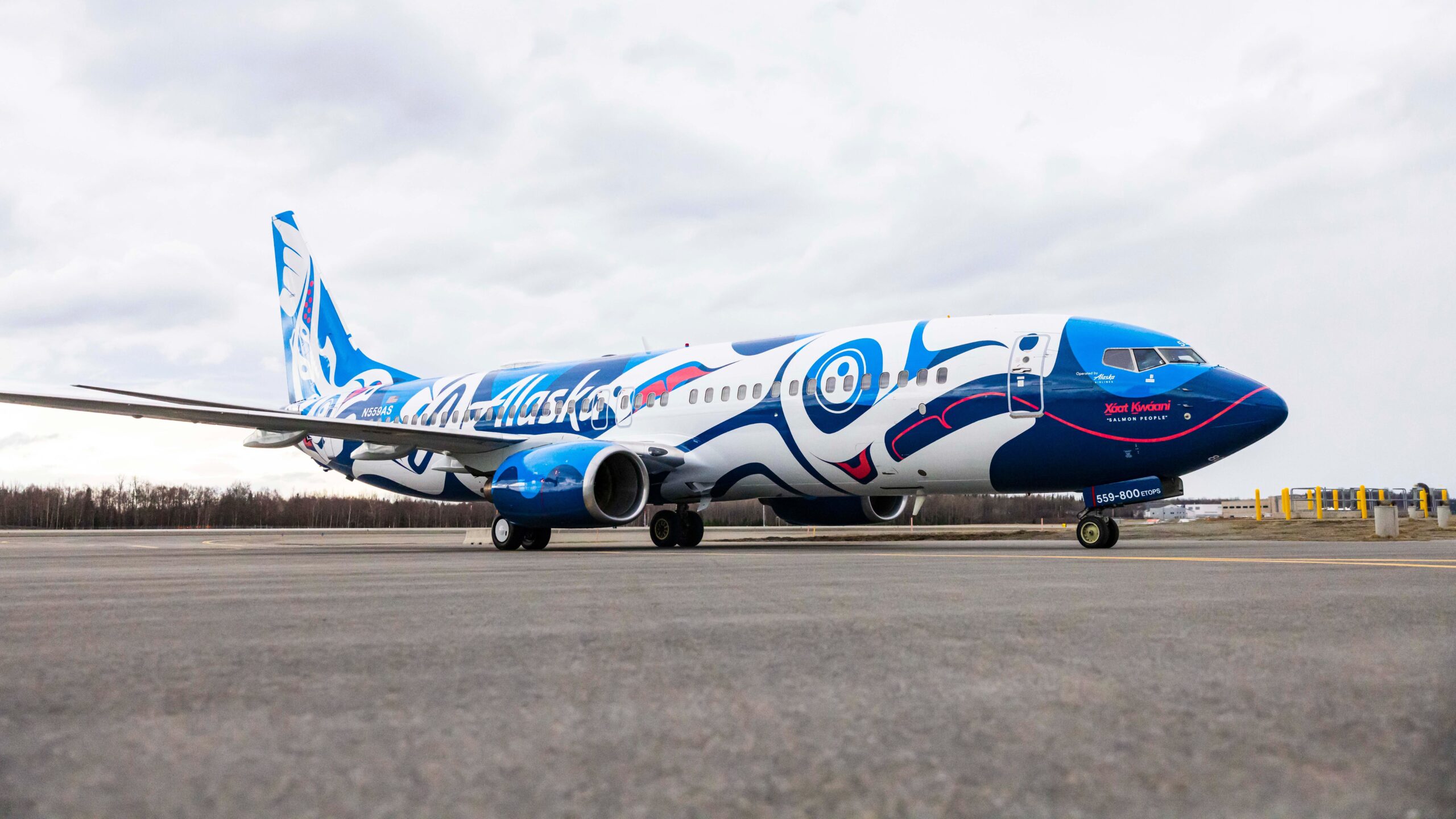Summary
- NASA operates a variety of aircraft for transport, training, and scientific missions, including the iconic Boeing 747SP SOFIA and the Shuttle Carrier Aircraft.
- The Aero Spacelines Super Guppy is still in use by NASA, primarily to transport parts of the Orion spacecraft for testing and development.
- In addition to fixed-wing aircraft, NASA also operates the Boeing X-37, a reusable robotic spacecraft designed for low-earth orbit missions and experiments.
NASA retired the Stratospheric Observatory for Infrared Astronomy (SOFIA) aircraft in 2022. This famous Boeing 747SP jetliner was modified to carry a reflecting telescope and was a very iconic double-decker that is currently in the Pima Air & Space Museum in Tucson, Arizona. Prior to SOFIA, there were also the Shuttle Carrier Aircraft that the US agency used to transport Space Shuttle orbiters. But what other aircraft do NASA still use? Let’s find out.
Not only stars in the sky
Despite being the most famous and recognizable, SOFIA and the Shuttle Carrier Aircraft were not the only jetliners in NASA’s fleet. The agency operates a long list of both piloted and uncrewed vehicles. Some have been, and still are, used for transport and training, but most of NASA’s aircraft operate missions in support of science.
Photo: Angel DiBilio/Shutterstock.
The Aero Spacelines Super Guppy
NASA still operates an Aero Spacelines Super Guppy. Registered as N941NA, it is currently based in El Paso, Texas. The aircraft measures more than 48 feet to the top of its tail and has a wingspan of more than 156 feet. The quad-turboprop’s nose is hinged and opens 110 degrees to take in cargo.
Photo: Bill Chizek/Shutterstock.
Constructed by California-based Aero Spacelines Industries, the first version of the Guppy aircraft made its test flights as early as 1962. Called the Pregnant Guppy, it was built in response to the space-race era’s needs to transport large pieces of rockets and other related equipment.
NASA’s first Super Guppy was built in 1965. During its 32 years of service, the aircraft flew over three million miles in support of NASA’s Apollo, Gemini, Skylab, and International Space Station programs. However, the one it currently operates comes by way of Airbus.
A role in getting the Orion to space
Before it built the Beluga, the European planemaker operated four Super Guppies that ferried its parts between suppliers and facilities. When Airbus sent its planes for retirement (which, for the most part, thankfully, meant museums) in 1997, NASA acquired one to replace its aging B377SG.
While the space race may be over, there are still galactic frontiers to be explored. In recent years, among other missions, the Super Guppy has been used to carry parts of NASA’s Orion spacecraft between the agency’s Kennedy Space Center in Florida and testing facilities at its Plum Brook Station in Ohio.
“Orion and the service module will be the heaviest payload ever transported in the Super Guppy,” said John Bakalyar, the Super Guppy program manager in aircraft operations at NASA’s Johnson Space Center, Houston, in a statement from 2019, seen by Simple Flying.
“We actually had to make some modifications to the aircraft to accommodate it, but this is exactly the kind of thing we like to use the Guppy for – it allows us to play a small role in getting Orion to space.”
The Boeing X-37
Now, this website focuses mainly on fixed-wing commercial aircraft. However, while this article won’t go as far as listing rockets and space shuttles, it would be a shame not to mention NASA’s Boeing X-37. Also known as the Orbital Test Vehicle, it is a reusable robotic spacecraft.
Photo: United States Space Force.
It is designed by Boeing to operate in low-earth orbit, meaning 240 to 800 km above the ground. It is the first vehicle since the Space Shuttle to return experiments to Earth for further inspection and analysis. However, the XB-37 is only one-fourth of the size of the Space Shuttle and is constructed from composite materials rather than heavy aluminum.
The X-37 launched for its first orbital mission in April 2010 on an Atlas V rocket and did not return to Earth until more than 220 days later. Its sixth mission took off on an Atlas V 501 rocket from Cape Canaveral on May 7, 2020. This mission was completed with the vehicle landing on November 12, 2022, after spending 908 days in orbit. A seventh mission has not been formally announced yet (as of October 2023).
The Airborne Science Program and Zero-G
The NASA Airborne Science Program includes missions surveying ice on both Poles, studying the impact of wildfires on the climate and ecosystems, how weather systems transport greenhouse gases, and surface water and ocean topography.
To this end, NASA operates a highly modified McDonnell Douglas DC-8 as a flying laboratory. It is based at the NASA Armstrong Flight Research Center facility in Palmdale, California, and collects and provides data for both federal and academic research. Initially, it was delivered to Alitalia in 1969. This jet is set to be retired in April 2024. The DC-8s will be replaced by future Boeing 777s.
The Gulfstreams
For research purposes, NASA also operates a Gulfstream C-2A, the military version of a Gulfstream III, for research. Previously owned by the US Air Force, it still bears the classic blue and white livery with a gold line.
A civilian Gulfstream III flies the agency’s Administrator under the callsign of NASA One, while a long-range Gulfstream V ferries astronauts back to the US from Kazakhstan.
While the Space Shuttle program was still active, NASA had four Gulfstream II jets that it used for shuttle training. Shuttle Training Aircraft duplicated the Space Shuttle’s landing profile and handling qualities. This way, pilots could simulate the conditions of the Shuttle without actually taking it out for a spin.
Beechcraft and military vehicles
NASA also needs to move other personnel than astronauts and administrators around. For this purpose, it operates a Beechcraft Super King Air, which carries employees between its Wallops Flight Facility, Virginia, and Baltimore, Maryland. However, the agency also uses two Beechcraft King Air B-200 and two Beechcraft T-34C as research platforms.
Furthermore, NASA has a whole host of military aircraft at its disposal. These support research aircraft and conduct research of their own. They include the McDonnell Douglas F15B, F/A 18 Hornet, and Martin WB-57 Canberra.
How many of NASA’s aircraft did you know about? Have we missed any? Let us know in the comment section.


